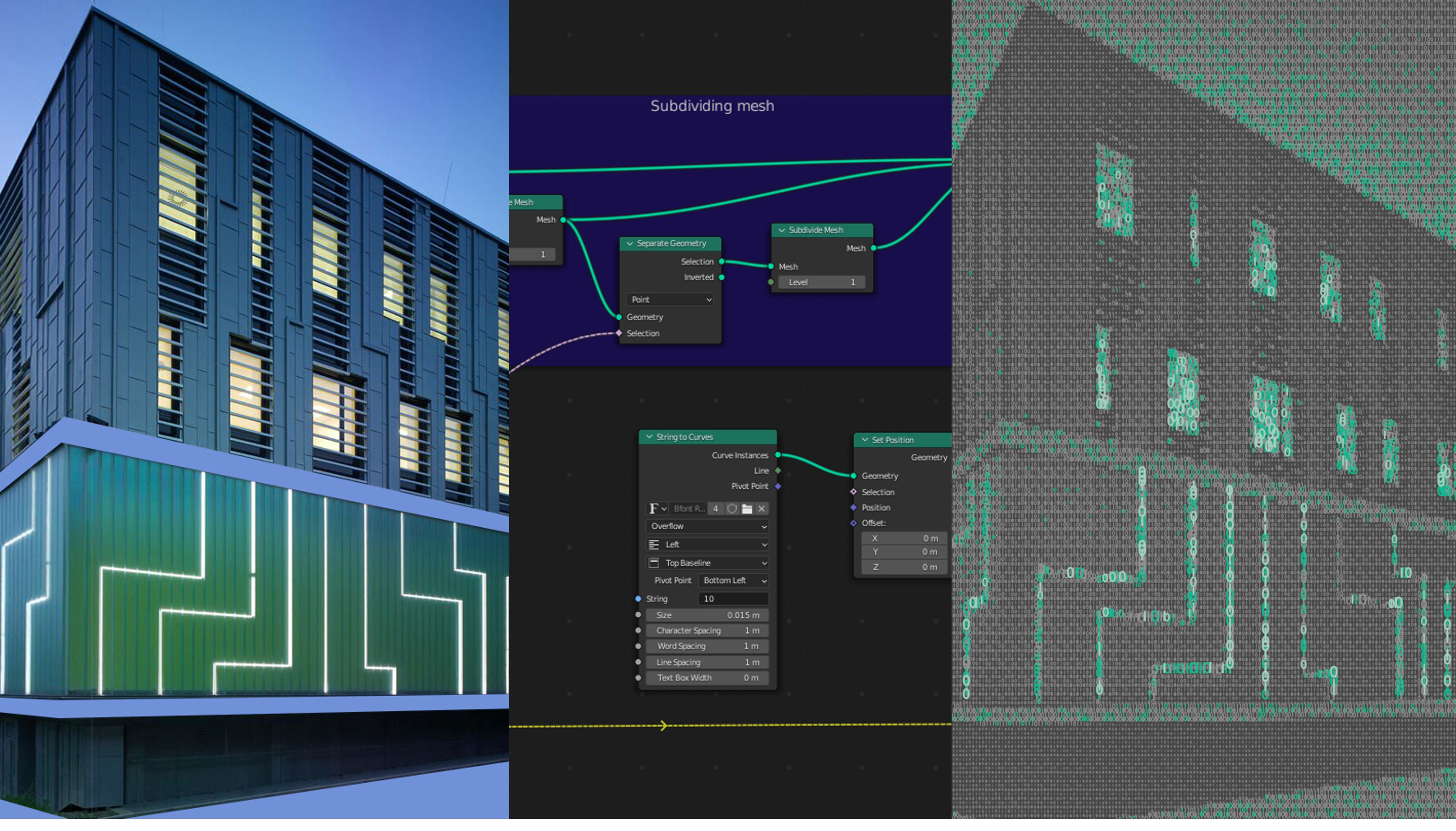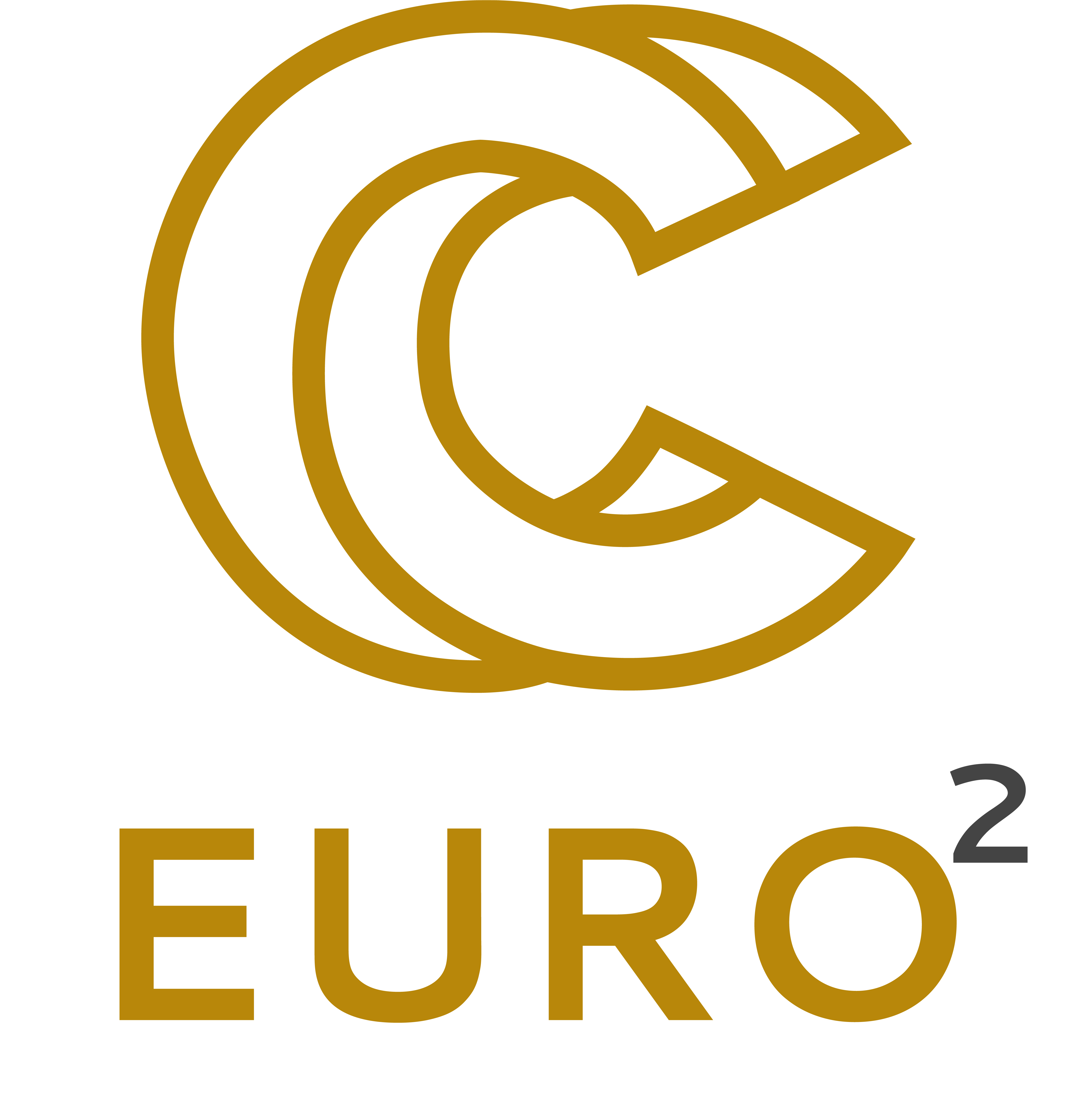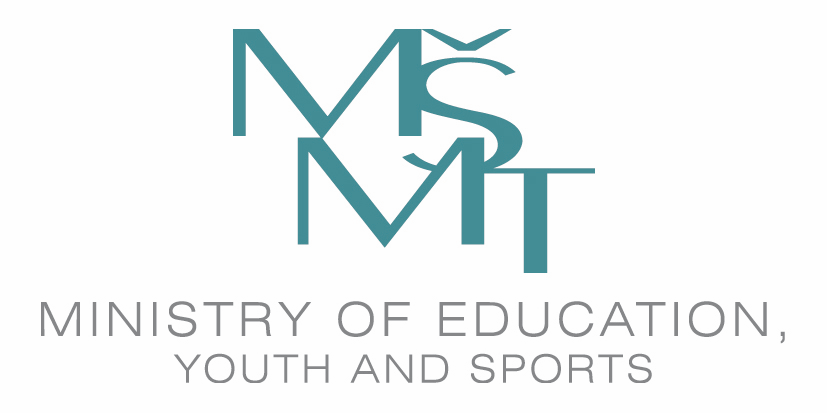[HYBRID] Procedural Scene Creation in Blender (EuroCC)
207
ONLINE and onsite
Annotation
The course will focus on 3D scene creation and visualization using open-source Blender 3.3 LTS. We will start by demonstrating the basics and features of Blender. We will go through the fundamentals of Geometry Nodes in Blender before concentrating on procedural modeling with Geometry Nodes to create various 3D scenes (such as generating a valley with bridge, houses and vegetation). In this 3D scene, we will create a model with volumetric data, manipulate voxels and turn it into actual geometry. We will introduce our developed plug-in to render the finished scene on the HPC cluster. We will demonstrate how to create your own add-on during the course. We will also model some scientific elements using Geometry Nodes (such as molecules). As part of the program, we will demonstrate how to use Blender's Shader Editor and an AI tool using which you can create photo-realistic imaginative textures.

Benefits for the attendees, and what they will learn:
Participants will gain knowledge on procedurally creating 3D scenes, rendering scenes on clusters, creating textures using AI tools, and visualizing volumetric data. The course will be mainly hands-on.
Level
45% beginner, 55% intermediate
Language
English
Prerequisites
Basic knowledge of navigating in Blender and basic familiarity with Python programming will be helpful, though not mandatory.
Participants must bring their own laptops and mouse. The full-sized keyboard is highly beneficial in Blender, some USB keyboards will be available for in-person attendees.
Tutors
Khyati Sethia (M.S., Data Science) graduated from the University of Salford in 2019. Khyati is currently a researcher in the Infrastructure Research Lab at the IT4Innovations National Supercomputing Center, Czech Republic. Khyati began using Blender while working on a project involving a train simulator for obstacle detection, and she intends to utilize it for other creative projects involving the 3D model generation and visualization. She plans to focus on using machine learning in the research areas of medical imaging, image processing, and using artificial intelligence in Blender.
Petr Strakoš obtained his Ph.D. in Mechanical Engineering from the Czech Technical University in Prague. Now he is a member of the Infrastructure Research Lab and the VaVR (Visualization and Virtual Reality) group, where he focuses on research in the area of visualization, image processing, and efficient utilization of these topics on a cluster. He also cooperates with partners from industry and other institutions in applied research.
Acknowledgments
This project has received funding from the European High-Performance Computing Joint Undertaking (JU) under grant agreement No 101101903. The JU receives support from the Digital Europe Programme and Germany, Bulgaria, Austria, Croatia, Cyprus, Czech Republic, Denmark, Estonia, Finland, Greece, Hungary, Ireland, Italy, Lithuania, Latvia, Poland, Portugal, Romania, Slovenia, Spain, Sweden, France, Netherlands, Belgium, Luxembourg, Slovakia, Norway, Türkiye, Republic of North Macedonia, Iceland, Montenegro, Serbia. This project has received funding from the Ministry of Education, Youth and Sports of the Czech Republic.


This course was supported by the Ministry of Education, Youth and Sports of the Czech Republic through the e-INFRA CZ (ID:90254).
All presentations and educational materials of this course are provided under the Creative Commons Attribution-ShareAlike 4.0 International (CC BY-SA 4.0) license.

